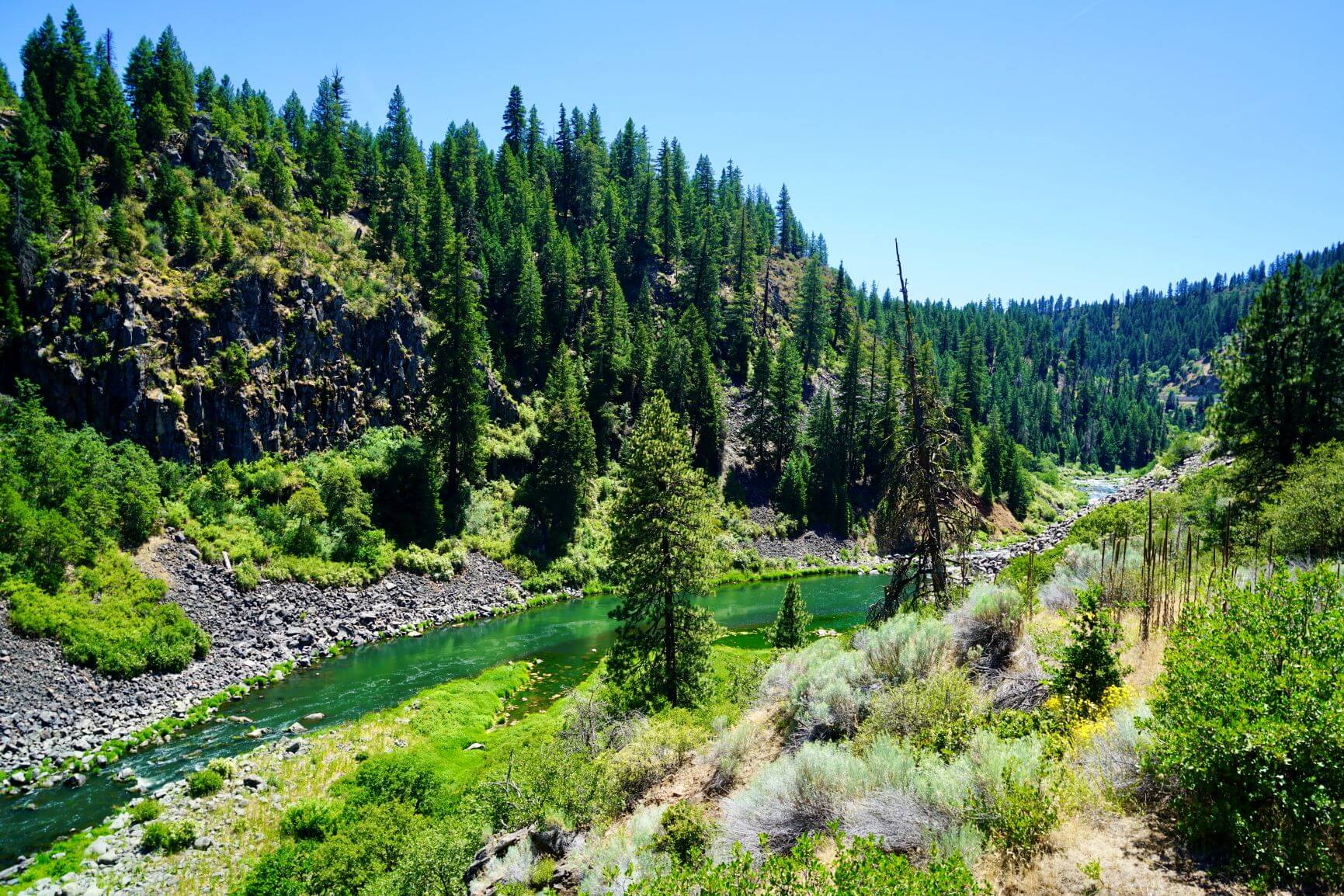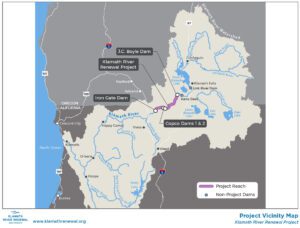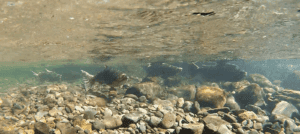
Last month the final barrier to a free flowing Klamath River was breached and over 400 miles of anadromous fish habitat was opened to migrating salmon and steelhead. Late September saw the breaching of the temporary cofferdam at the former site of Iron Gate Dam in northern California. Earlier this summer, the river flowed freely through the former J.C. Boyle and Copco 1 dams. The Copco 2 dam bit the dust in 2023. The largest dam removal in U.S. history is, for practical purposes, complete. Yet the Klamath River Renewal Project is not over.

Next steps include finalizing and implementing a Reservoir Reach restoration plan. Key partners for the restoration effort include the Yurok tribe, National Oceanic and Atmospheric Administration (NOAA), in addition to other tribes and conservation groups. The Bipartisan Infrastructure Act directs $162 million for this effort. Additional funding from the Yurok tribe and non-profit organizations will help improve key Klamath tributaries supporting spawning and rearing habitat.
The long and sometimes tortuous journey to a free Klamath river is a testament to the dedication of indigenous peoples, environmentalists, fish biologists, guides, communities, fishermen, government officials, and many folks who believed that it is possible to work together toward a shared vision that respects cultural heritage, fish and wildlife, and the natural beauty of a freely flowing river system. Congratulations to all who worked tirelessly to make history in southern Oregon and Northern California!
